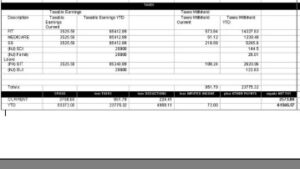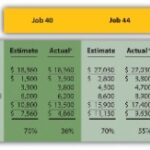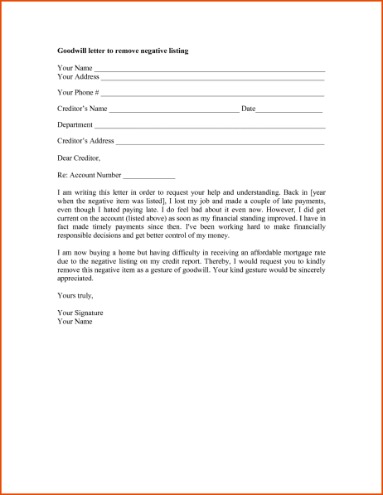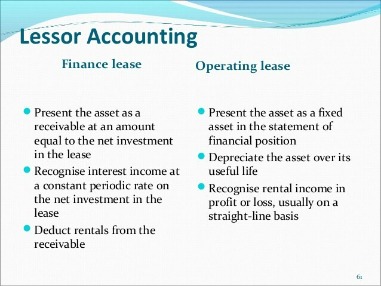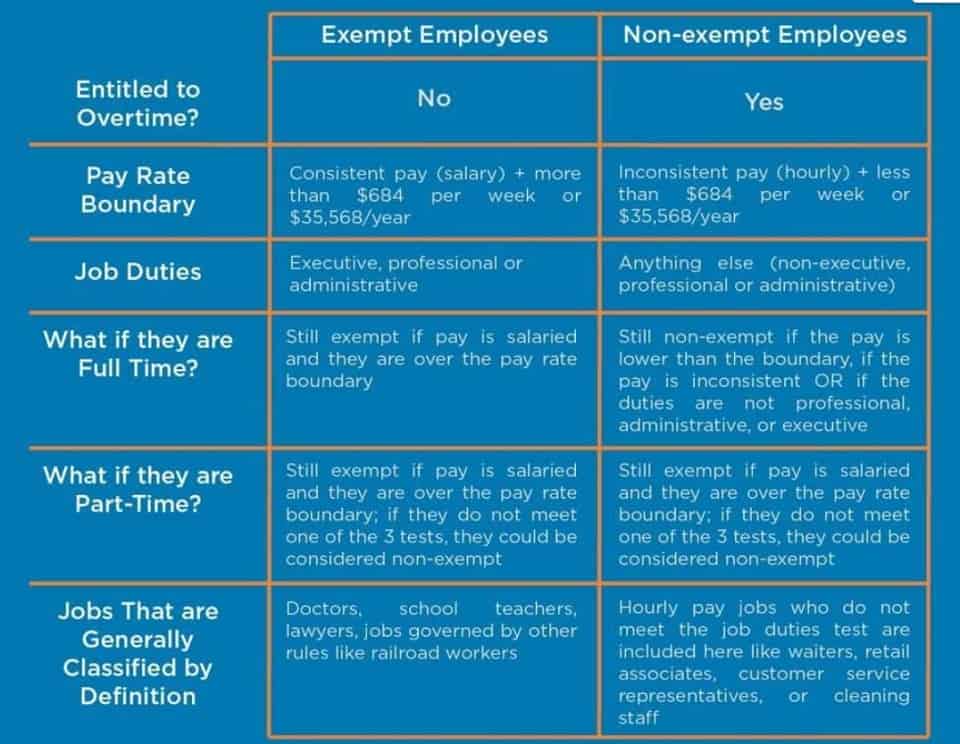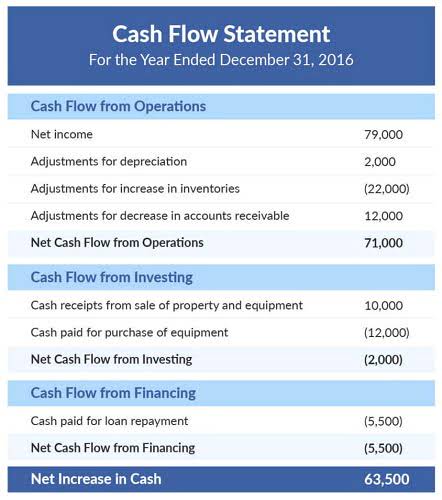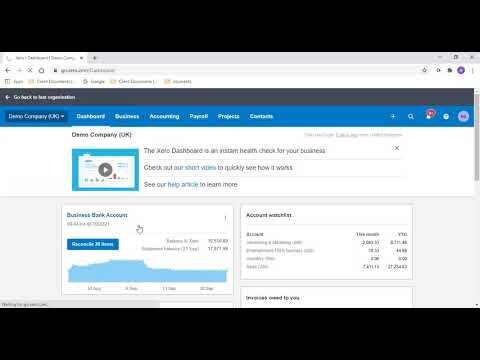Effective tax preparation and planning can help you to minimize your future tax liability. I can help you proactively manage both your personal and your business tax issues, including understanding how upcoming business opportunities impact your tax status and vice versa. By having me on your team, you are more likely to benefit from those opportunities. I understand how the latest federal, state and local tax legislation and other developments affect you and your business and I am constantly identifying new ways to reduce federal, state or local tax liabilities. Put simply, job costing is about tracking a specific construction project’s direct and indirect costs, revenue, and profit margin.
Essential Steps for Accurate Construction Accounting
Because construction is project-based, you need a way to see how well individual projects are performing at a granular level, instead of trying to get a grip on your company’s financials from five miles above. This is where job costing comes in, allowing you to make sure each new construction job you take on is hitting all the marks. With this information in your accounting system, tracking things like retainage and change orders, issuing purchase orders or subcontracts, and keeping client billings on schedule becomes much easier. You’ll also use the contract’s total cost and scope of work to develop the project’s schedule of values, which breaks down individual billable tasks and their value. Whether you are developing a retirement plan for yourself or choosing a retirement plan to offer to your employees, I can help you evaluate the available options.
Get ready for tax season: An end-of-year checklist for smooth W-2 and 1099 processing in January
- To properly record and track retainage, you’ll need to include an account for retainage receivables on your company’s Chart of Accounts.
- Maintaining a healthy business also means learning how to correctly recognize and report your revenue.
- Managing cash flow will provide a better understanding of where your money is going and coming from, allowing you to make crucial financial and tax decisions.
- By subscribing you agree to with our Privacy Policy and provide consent to receive updates from our company.
To properly record and track retainage, you’ll need to include an account for retainage receivables on your company’s Chart of Accounts. Next, make sure all retainage is accurately represented on your balance sheet. The better you’re able to integrate all the elements that affect your profitability, the better you’ll become at project management, estimating future jobs, and controlling costs on and off the job site. If you want to grow sustainably, this is a construction accounting principle you have to master. Forming solid construction accounting processes is absolutely critical if you want to grow your contracting business.
Services
I can provide support in business planning, mergers, acquisitions, and other advisory support. Wohlenberg Ritzman & Co., LLC offers a full complement of federal, state, and local tax services designed to proactively manage your tax responsibilities and minimize tax burden. Keeping enough cash on hand is a serious challenge in our industry, especially on longer jobs. To maintain a positive financial position, you’ll want to use progressive billings (aka progress billings).
Instead of a lump sum at the end, progress payments are made in regular installments (usually monthly) as a project progresses. Constantly changing federal, state and local laws and tax regulations make payroll management an ongoing challenge for business owners. I can proactively alert you to material changes that will affect your business and your employees while also keeping payroll running smoothly no matter how large your business and your employee population become. Financial statements are an important tool for management decision making.
Change Order Management
This business has not enabled messaging on Yelp, but you How Construction Bookkeeping Services Can Streamline Your Projects can still contact other businesses like them. Contributing to causes you care about not only supports your community and passions but can also offer significant tax benefits.
Most small contractors can’t justify a full time, experienced office employee. Construct Bookkeeping is here to help as a local firm assisting construction contractors with remote bookkeeping, payroll and tax deadlines. By taking these tasks off your plate, you have more time to spend in the field focusing on projects. Partnering on time tracking and project profitability, you will be more prepared to accurately bid projects based on historical information. Managing cash flow will provide a better understanding of where your money is going and coming from, allowing you to make crucial financial and tax decisions.
Construction Professionals
The problem is, construction accounting is entirely different from accounting in other industries. From long term contracts and historically slow pay cycles to balancing costs in dynamic and unpredictable site conditions, there are a ton of factors that make financial management much more difficult. If you want to succeed, you can’t approach construction accounting from a conventional perspective. Dedicated to providing our clients with efficient and effective financial services involving tax, audit & accounting, tribes, and business consulting. Milbrath-Sayler, Inc. is a full-service accounting firm providing our clients with professional, personalized services and guidance in a wide range of business needs.
- I understand how the latest federal, state and local tax legislation and other developments affect you and your business and I am constantly identifying new ways to reduce federal, state or local tax liabilities.
- From long term contracts and historically slow pay cycles to balancing costs in dynamic and unpredictable site conditions, there are a ton of factors that make financial management much more difficult.
- Effective tax preparation and planning can help you to minimize your future tax liability.
- Please, feel free to browse my website to see the services I offer as well as the many helpful resources I provide.
- Dedicated to providing our clients with efficient and effective financial services involving tax, audit & accounting, tribes, and business consulting.
BUILDING YOUR BOOKS
You can avoid a fair bit of cash flow problems by negotiating more favorable retainage rates/terms with project owners. For example, instead of a fixed 10% holdback on each progress billing, you might negotiate terms that reduce that rate to 5% once the job reaches the halfway point. Holding back retainage is standard on most construction jobs, especially long-term contracts. If it’s not reimbursed quickly enough though, it can cause a domino effect of cash flow problems.







